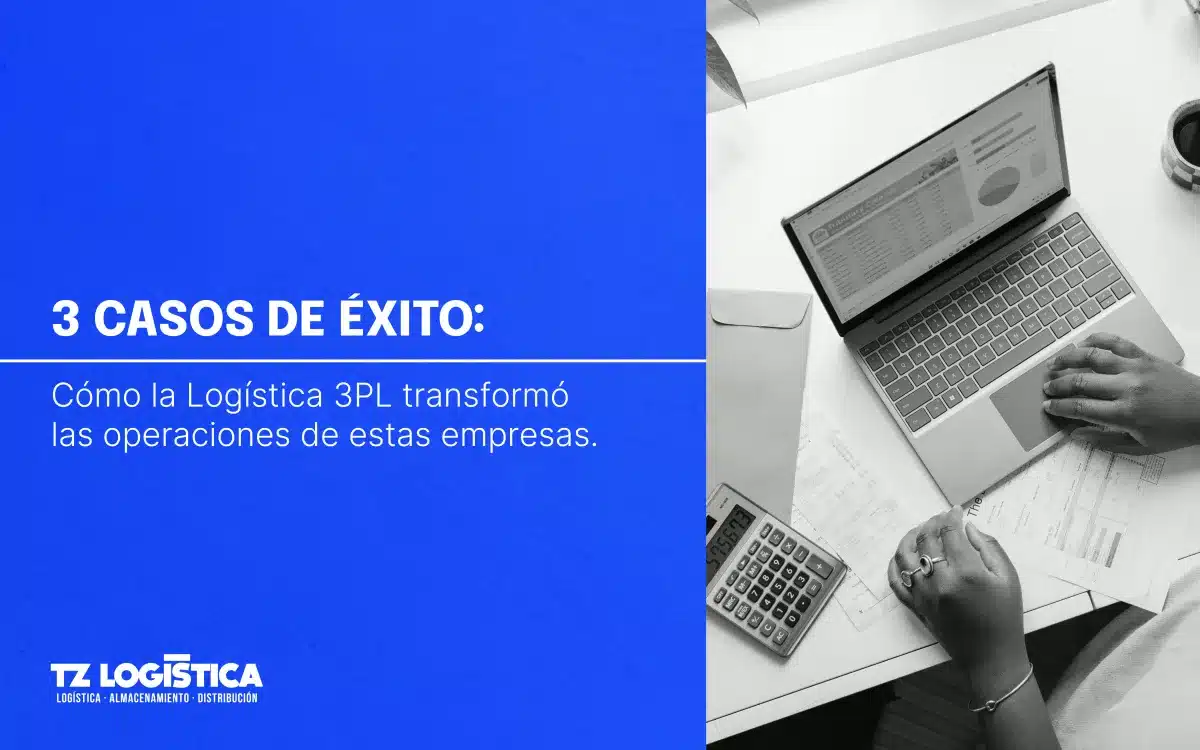
In the dynamic landscape of e-commerce, the reverse logistics has emerged as an essential component to efficiently manage product returns. The importance of this process goes beyond simply receiving returned items; involves the optimization of an entire chain of operations. We will explore the relevance of reverse logistics in the world of e-commerce and provide key strategies to minimize costs and improve efficiency in this crucial aspect of logistics. supply chain.
The Importance of Reverse Logistics in Electronic Commerce:
The increasing prevalence of online shopping has elevated the need for effective reverse logistics. Customers expect hassle-free returns processes, and companies must respond with systems that not only meet these expectations, but also optimize resources and reduce operating costs.
Strategies to Efficiently Manage Returns:
Standardized Processes: Establish clear and standardized processes for receiving, evaluating and processing returns. Clarity in the steps streamlines the operation and improves customer satisfaction by providing transparency in the process.
Specialized Returns Centers: Implement dedicated returns centers, separate from main warehouses, to efficiently manage returned products. This allows for faster sorting and proper management of items.
You may be interested in reading “Effective strategies to minimize losses and improve inventory accuracy.”
Automation and Technology:
Integrate automated systems and scanning technologies to accelerate the identification and sorting of returned products. This not only improves the speed of the process but also reduces manual errors.
Cost Minimization in Reverse Logistics:
Product Reconditioning: Evaluate the possibility of reconditioning returned products instead of discarding them. Restoring and reselling items in good condition can significantly reduce the costs associated with returns.
Return Route Optimization:
Implement logistics strategies to optimize return routes for returned products. This not only reduces transportation costs, but also shortens return times, improving overall efficiency.
Collaboration with Suppliers and Logistics Partners:
Establish strong collaborations with suppliers and logistics partners to share resources and costs associated with reverse logistics. Cooperation can lead to more cost-effective and efficient solutions.
In conclusion, reverse logistics is an integral part of the supply chain in e-commerce. By implementing specific strategies, companies can not only efficiently manage returns, but also turn this challenge into an opportunity to improve customer satisfaction and optimize operating costs. Investing in effective reverse logistics directly translates into a more agile supply chain that is adaptable to market demands.









Leave a Reply